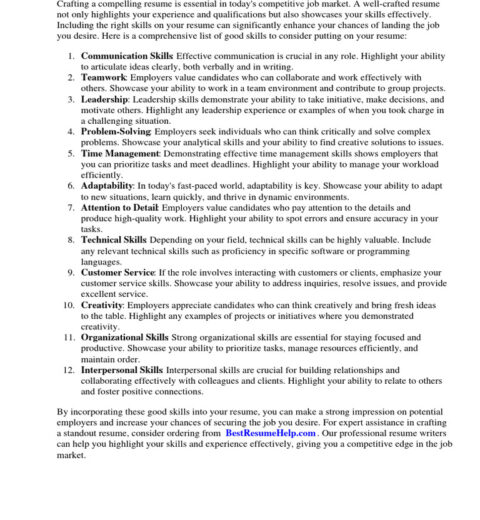In the landscape of employment applications, two pivotal documents reign supreme: the curriculum vitae (CV) and the resume. Though often used interchangeably in casual contexts, significant differences exist between these two essential tools. Understanding these distinctions is crucial, particularly for job seekers aiming to present their qualifications most effectively. This article meticulously dissects what constitutes a CV and a resume, elucidating their key differences, uses, and contexts in which each should be employed.
Defining a CV and a Resume
A curriculum vitae, deriving its name from Latin, translates to “course of life.” It is a comprehensive document that chronicles an individual’s educational and professional journey in meticulous detail. Typically expansive, a CV encompasses an array of information, including academic achievements, teaching experiences, publications, grants, awards, and professional affiliations. While there is no strict limit on length, a CV is usually several pages long, reflecting the depth of information provided.
In contrast, a resume is a concise summary of a candidate’s qualifications tailored to a specific job application. Generally, a resume spans one to two pages and emphasizes relevant work experience, skills, and accomplishments that align with the prospective employer’s needs. It aims to capture attention quickly, providing a snapshot rather than an exhaustive life history.
Length and Detail
One of the primary distinctions lies in length and detail. As previously mentioned, CVs are traditionally lengthier, providing an exhaustive account that can easily surpass three pages. In academica, medical, or research fields, a detailed CV is often the norm, allowing candidates to showcase a wide array of qualifications. Conversely, resumes are succinct and tailored, typically capping at two pages, designed for quick consumption by hiring managers who may not have the time to peruse extensive documents.
Context of Use
The context in which CVs and resumes are utilized varies significantly. CVs are predominantly employed in academic, medical, and research-oriented fields where detailed qualifications are requisite. For instance, when applying for a university faculty position, scholars often provide CVs to highlight their extensive research, publications, and teaching experience. On the other hand, resumes dominate the corporate sector, where professionals apply for various positions ranging from entry-level roles to executive leadership. The resume’s succinct nature aligns with the fast-paced business environment, where hiring managers need quick yet relevant insights into a candidate’s capabilities.
Content and Structure
Both documents, while serving the same overarching purpose—to secure employment—differ markedly in content structure. A CV often includes sections such as:
- Contact Information
- Education
- Research Experience
- Teaching Experience
- Publications
- Conferences
- Awards and Honors
- Professional Affiliations
In contrast, a resume typically comprises:
- Contact Information
- Objective or Summary Statement
- Work Experience
- Skills
- Education
This structural differentiation reinforces the purpose of each document: a CV showcases the breadth of academic and professional undertakings, while a resume prioritizes relevant experiences that foreground the applicant’s suitability for the specified role.
Customization
Customization is another critical aspect distinguishing a resume from a CV. Resumes are inherently adaptable; candidates are encouraged to tailor their documents for each job application, emphasizing skills and experiences that align with the role’s requirements. This optimization can significantly enhance a candidate’s chances of standing out in a competitive job market.
Conversely, CVs, while they may be updated periodically, are less frequently tailored to individual job applications. Due to their comprehensive nature, applicants generally maintain a broader CV that reflects their full academic and professional trajectory. Consequently, the emphasis on customization is less pronounced compared to that of resumes.
International Differences
It is paramount to note that the interpretation and use of CVs and resumes can vary widely between countries. In several regions, particularly the United Kingdom and Europe, the term “CV” is utilized to describe what many in the U.S. would refer to as a resume. In these contexts, the CV serves a similar purpose but may still carry nuances in structure and detail.
Conclusion: Making the Right Choice
Understanding the fundamental differences between a CV and a resume is indispensable for anyone navigating the job market. The choice between these two documents is contingent upon the applicant’s field, the specific role, and the norms prevalent in relevant industries. When applying for positions in academia, research, or medical fields, a CV is likely the appropriate choice. However, for most corporate roles, a well-crafted resume suffices.
In a landscape where first impressions are often the only impressions, knowing which document to employ, and understanding how to present oneself effectively, can make a significant difference in securing that coveted job interview. Whether opting for the extensive detail of a CV or the strategic brevity of a resume, each document should reflect professionalism and clarity, serving as a robust representation of one’s capabilities and career aspirations.




